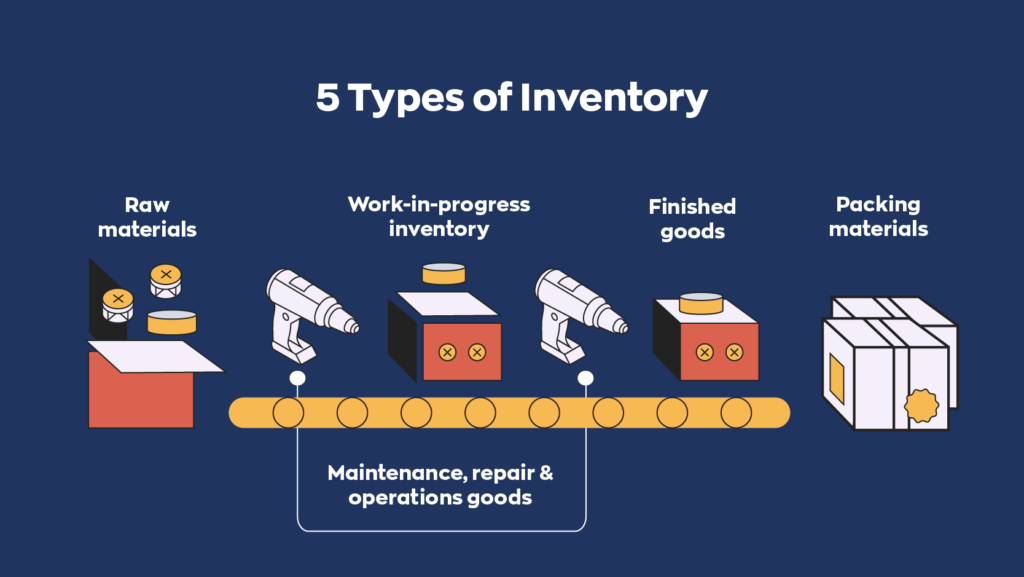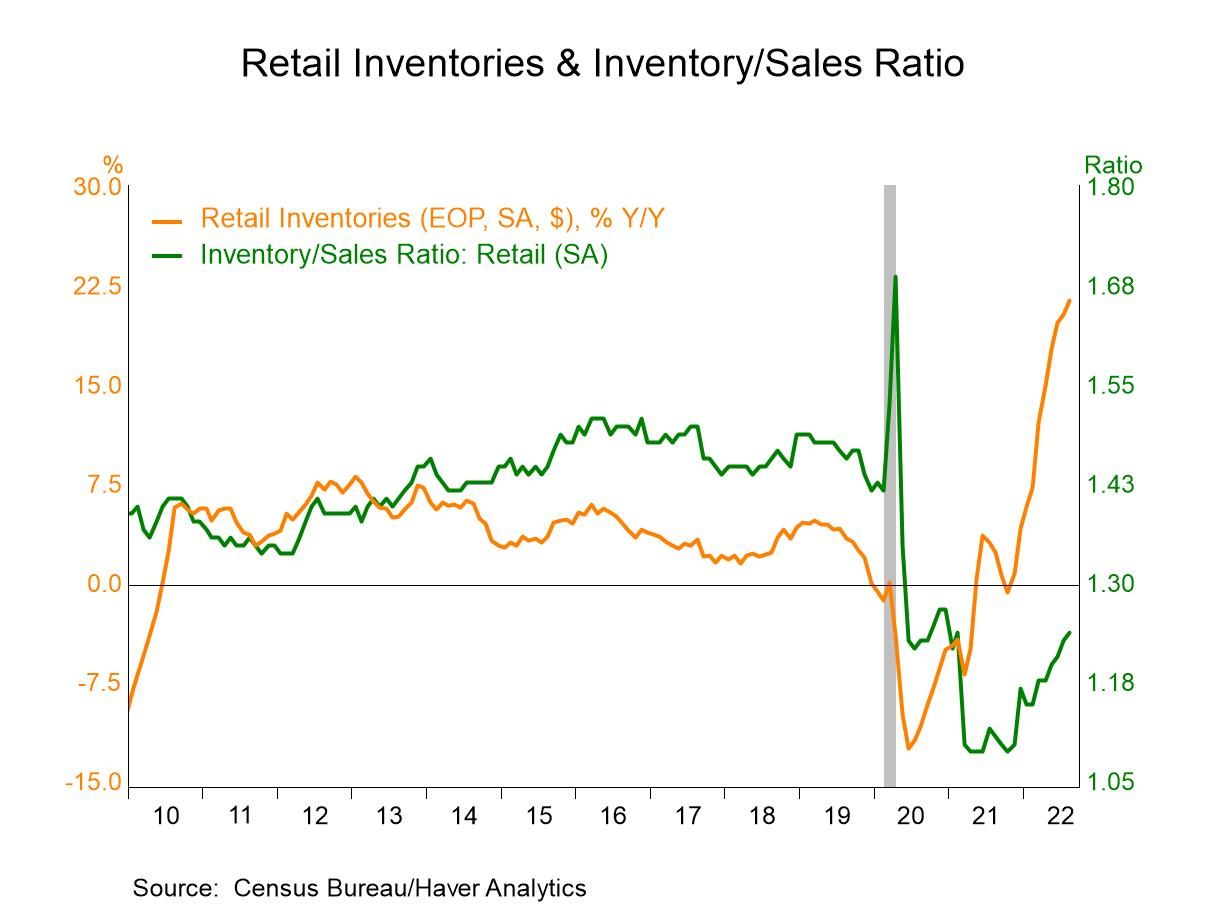Business inventories squeaked understanding subtle shifts takes center stage as we dive into the world of tiny changes that can make a big impact across industries. When inventory levels barely budge, it’s a sign that there’s more going on beneath the surface than meets the eye, and these slight movements are worth a closer look for anyone interested in how businesses respond to nuanced economic signals.
Business inventories refer to the goods and materials companies keep on hand to meet customer demand, and when these levels “squeak,” it means the changes are minimal—sometimes almost imperceptible. Historically, such small adjustments have occurred during periods of stable demand or economic uncertainty, making it a fascinating topic for industries ranging from retail to manufacturing. Understanding why inventories squeak, how supply chains react, and the risks and strategies involved gives us valuable insight into the careful balancing act companies perform every day.
Definition and Meaning of ‘Business Inventories Squeaked’

Business inventories refer to the total value of goods that companies hold in stock, ready for sale or further processing. When analysts describe that business inventories ‘squeaked’, it typically means that the changes in these inventory levels over a specific period were exceptionally small—barely moving at all. Such minimal adjustments can indicate a steadiness in supply and demand, or a cautious approach from companies amid economic uncertainty.
Periods where inventories barely changed have occurred in various economic cycles, especially during times of slow economic growth or when businesses are wary of overstocking due to unpredictable consumer demand. For instance, during the early 2010s recovery period after the global financial crisis, many industries saw month-over-month inventory changes that were negligible as firms tried to avoid excess inventory and associated holding costs.
Certain sectors frequently experience subtle inventory fluctuations due to the nature of their products or supply chains. These industries include:
- Grocery and Food Retailers: Perishable goods require tight management, resulting in careful, small adjustments.
- Pharmaceuticals: Strict regulatory oversight and expiration dates lead to minimal changes in stock levels.
- Automotive Parts Suppliers: Just-in-time manufacturing strategies often keep inventories steady.
- Luxury and High-Value Electronics: High carrying costs encourage minimal stock movements.
Causes of Small Inventory Adjustments
Minimal changes in inventories often arise from a mix of economic and company-specific factors. During periods of economic uncertainty, businesses tend to reduce risk by making only the smallest necessary inventory adjustments. Internally, improved forecasting systems or changes in supplier relationships can stabilize inventory levels, leading to barely noticeable fluctuations.
| Cause | Description | Typical Industry | Timeframe |
|---|---|---|---|
| Stable Consumer Demand | Predictable sales patterns result in minimal need to adjust stock levels. | Retail, Groceries | Quarterly or Annually |
| Improved Inventory Forecasting | Advanced analytics provide accurate demand predictions, reducing over- or under-stocking. | Pharmaceuticals, Electronics | Ongoing |
| Supplier Reliability | Consistent on-time deliveries allow businesses to keep just enough inventory on hand. | Automotive, Manufacturing | Monthly |
| Cost Control Measures | Efforts to reduce storage and capital costs encourage small, precise inventory changes. | Luxury Goods, Technology | Annually |
Impact on Supply Chains and Operations

Barely changed inventory levels can have significant effects on supply chain efficiency and day-to-day operations. While stable inventories can indicate healthy alignment between supply and demand, they also mean there’s little buffer to absorb unexpected changes, potentially introducing risk to order fulfillment and logistics.
For example, a manufacturer operating with ‘squeaked’ inventories may be able to reduce warehousing costs but faces higher risks of stockouts if an unexpected surge in demand occurs. Conversely, logistics teams must optimize delivery schedules to avoid both overstock and lost sales opportunities.
Operational strategies commonly used to adapt to minimal inventory fluctuations include:
- Implementing flexible restocking policies that allow rapid adjustments when needed.
- Leveraging real-time inventory tracking systems to monitor stock levels closely.
- Establishing strong communication channels with suppliers for quick response to demand changes.
- Utilizing demand-driven ordering to replenish stock based on current sales data, not forecasts alone.
- Maintaining safety stock for critical items despite overall minimal changes.
Relationship with Broader Economic Indicators
The movement of business inventories is closely monitored alongside other macroeconomic indicators such as GDP growth and retail sales. When inventory levels barely move, it can signal stability or stagnation in broader economic activity. Financial analysts look at these ‘squeaked’ numbers to gauge how businesses perceive future demand and economic momentum.
For instance, if business inventories remain mostly unchanged while GDP grows, this could indicate companies are cautious about overcommitting resources. Alternatively, if retail sales are climbing but inventories squeak upward, it might point to increased efficiency in supply chains.
| Indicator | Direction | Correlation Strength | Implication |
|---|---|---|---|
| GDP Growth | Upward | Moderate | Stable inventories may reflect cautious optimism despite broader recovery. |
| Retail Sales | Upward | Strong | Minimal inventory increase could indicate efficient inventory turnover. |
| Producer Price Index | Flat | Weak | No significant change in inventory may dampen price pressures at wholesale levels. |
| Consumer Confidence | Mixed | Variable | Steady inventories can imply uncertainty in consumer spending outlook. |
Methods for Monitoring and Reporting Inventory Levels
Accurate tracking and reporting of inventory levels are crucial for business decision-making. Companies use a variety of procedures and tools to monitor even the slightest changes, ensuring they maintain optimal stock levels without overcommitting resources.
Reporting frequencies often depend on industry practices and the volatility of the products involved. Tools such as Enterprise Resource Planning (ERP) software, regular cycle counts, and advanced analytics platforms allow businesses to capture and analyze inventory movements in real time.
| Method | Frequency | Tool Used | Sector |
|---|---|---|---|
| Cycle Counting | Weekly/Monthly | Barcode Scanners | Retail, Manufacturing |
| ERP System Monitoring | Daily | ERP Software (SAP, Oracle) | Pharmaceuticals, Electronics |
| Automated Stock Alerts | Real-Time | Inventory Management Apps | eCommerce, Logistics |
| Physical Inventory Audits | Quarterly/Annually | Manual Counts | Automotive, Luxury Goods |
Challenges and Risks Associated with Minimal Inventory Change
While maintaining nearly unchanged inventory levels can optimize costs and indicate operational efficiency, it also introduces several risks. Companies must navigate challenges in planning, forecasting, and cash flow management, as the lack of flexibility can expose them to disruptions.
The following points highlight the primary challenges businesses face when inventory changes are negligible:
- Difficulty in adapting to sudden shifts in consumer demand.
- Increased risk of supply chain disruptions resulting in stockouts.
- Limited ability to take advantage of bulk purchasing or supplier discounts.
- Potential for lost sales due to insufficient buffer stock.
- Challenges in forecasting seasonal or promotional inventory needs.
- Impact on cash flow if inventory is too tightly managed and orders must be expedited at higher cost.
Real-world examples underscore how companies can be affected:
In 2021, an electronics manufacturer maintained minimal inventory to cut costs but faced production stoppages when a sudden component shortage hit global supply chains. This led to delayed product launches and lost market share.
A major grocery retailer kept perishable stock levels low to reduce waste but struggled to meet demand spikes during unexpected weather events, resulting in empty shelves and customer dissatisfaction.
Strategies for Managing Inventories During Periods of Minimal Change

Operating effectively when inventory changes are minimal requires specific management techniques. Businesses must focus on optimizing storage, reducing costs, and maintaining enough flexibility to respond to unforeseen events.
The following actionable strategies are commonly used by managers:
- Adopting just-in-time inventory systems to minimize excess stock while meeting demand.
- Building strategic partnerships with suppliers to guarantee rapid replenishment as needed.
- Utilizing dynamic safety stock calculations that adjust buffer levels based on real-time data.
- Implementing continuous improvement processes to streamline warehouse operations.
- Leveraging data analytics for precise demand forecasting and early warning of potential shortages.
- Investing in supply chain visibility tools to monitor inventory across all locations and partners.
Illustrative Scenarios and Case Studies
Descriptive examples and case studies provide valuable insight into how companies have navigated periods where business inventories ‘squeaked’.
A leading pharmaceutical distributor faced a flat inventory trend for multiple quarters after implementing sophisticated demand forecasting software. This led to improved cash flow and reduced waste, but when a sudden surge in vaccine demand occurred, rapid coordination with suppliers was needed to prevent shortages.
In the automotive sector, a parts supplier experienced minimal inventory movement for several months due to stable production schedules and reliable logistics. However, a sudden logistical bottleneck at a major port revealed the downside of minimal buffer stock, forcing the company to expedite shipments at a premium.
A luxury electronics retailer maintained practically unchanged inventory levels for high-value gadgets to minimize carrying costs. When a new product release unexpectedly exceeded expectations, the retailer’s agility in sourcing additional stock quickly was tested, highlighting the fine balance required in such environments.
Summary
As we’ve seen, business inventories squeaked is more than just a catchy phrase—it’s a reflection of intricate decisions and real-world strategies that drive efficiency and resilience in today’s business landscape. Even the smallest shifts in inventory can ripple through supply chains, influence economic forecasts, and shape how businesses plan for the future. By recognizing and adapting to these subtle changes, companies can stay agile and keep delivering value, no matter how quiet the market might seem.
FAQ Explained: Business Inventories Squeaked
What does it mean when business inventories squeaked?
It means the level of goods and materials held by businesses changed very little during a specific period, indicating stability or cautious adjustment in response to market conditions.
Why do companies prefer minimal inventory changes?
Minimal changes help businesses manage costs, reduce waste, and maintain flexibility, especially when demand is uncertain or supply chains are under pressure.
How can small inventory shifts impact supply chains?
Even slight changes can trigger adjustments in production schedules, order fulfillment, and transportation, affecting efficiency and customer satisfaction.
Are squeaked inventories a sign of economic trouble?
Not necessarily. They could indicate stability in demand or cautious business behavior, but in some cases, they reflect uncertainty or efforts to avoid overstocking during slow economic periods.
Which industries are most affected by minimal inventory movement?
Retail, manufacturing, and technology sectors often feel the impact most, since they rely heavily on accurate inventory management to meet fluctuating demand.
